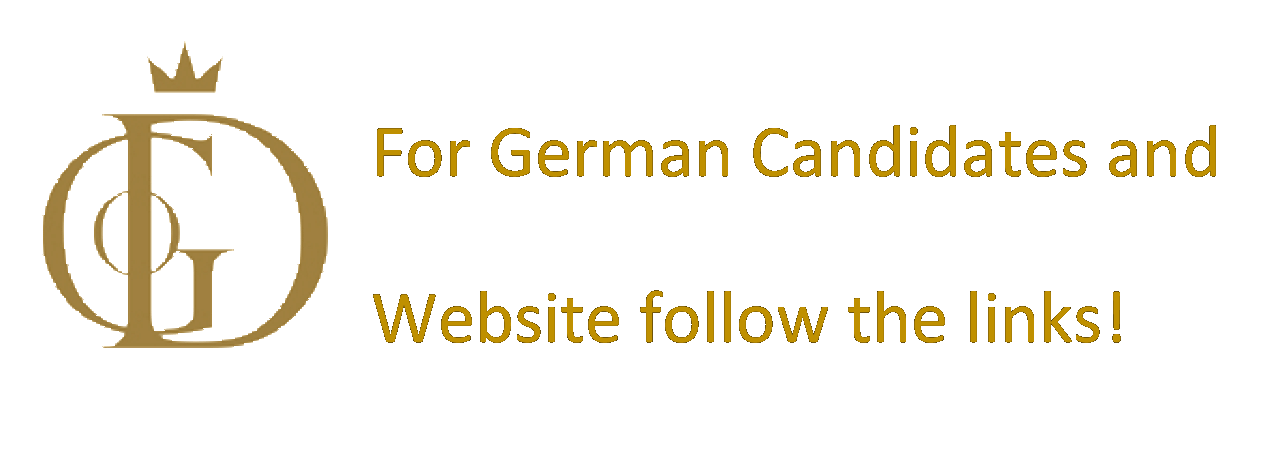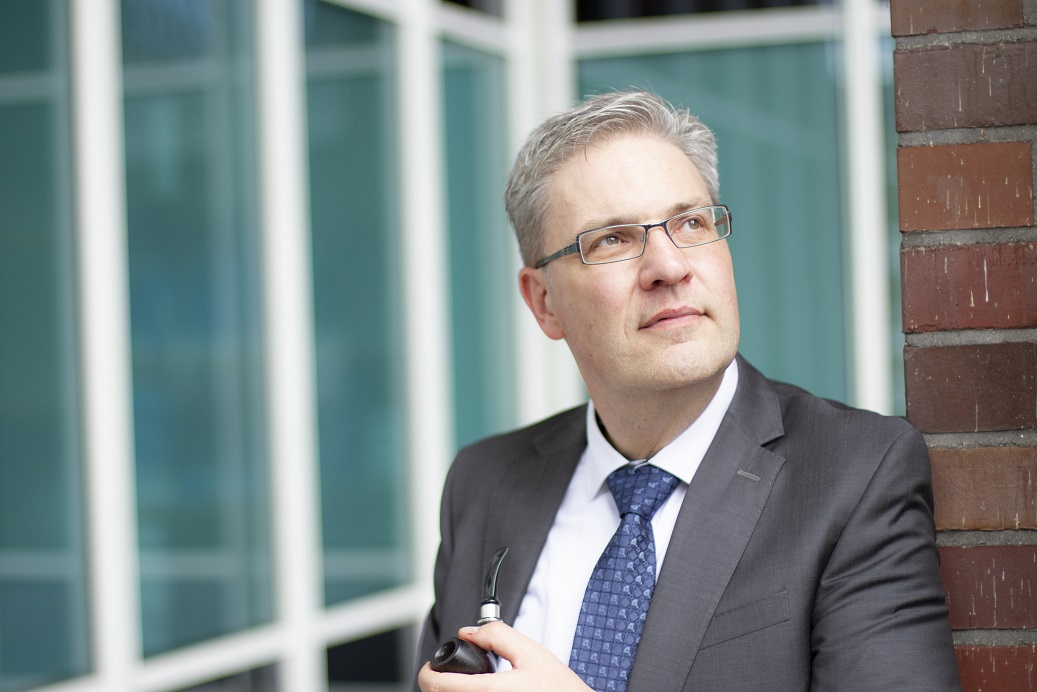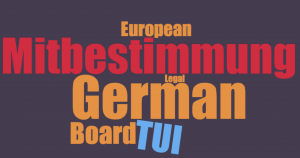Transparency in the election of the Supervisory Board
Intro
In a much acclaimed article by Gabor Steingart, the comparison begins with
“The doghouse is for the dog, the board of directors for the cat.”
Hermann Josef Abs (First member of the Management Board, then Chairman of the Supervisory Board of Deutsche Bank in the 60s and 70s of the last millennium). In fact, the function of the Supervisory Board is being given greater focus, currently around the personnel of Paul Achleitner.
We need more transparency
In fact, confidence in the function of the Supervisory Board is no longer at its highest. There are two reasons for this:
The Supervisory Board is often staffed by the old Management Board.
The function of the Supervisory Board was delegated more and more to voting rights advisors.
The most important function (of the many held by the Supervisory Board) is to seek and appoint a reasonable and well-functioning Management Board. As Gabor Steingart explains, this has not always been the case.
A decisive criterion: the search again for the supervisory board itself. And here it is time for a paradigm shift to take place in the large corporations as well. It should be the person on the supervisory board who has proven competence not only in the specialist area of the company, but primarily also management experience behind him: A retreat to a pure cuddling course with the company’s executive board should thus be avoided.
I am not only talking about keeping to the cooling off phase, which is often ignored, but also that it is often appropriate to fill the supervisory board from a third party. The competences to supervise the board can also be acquired elsewhere in the economy.
Especially in medium-sized and family-run companies such a rethinking has already taken place. Here the Supervisory Board is staffed according to other criteria than in large corporations. It is about time that the same applies to them as well: Away from uniformity with the Board of Management, towards a critical body that constantly questions the course of the Board of Management. It also helps that institutions such as the Anglo-American IOD help the function of the Supervisory Board to become more professional.
To this end, the Supervisory Board must be staffed differently. As long as the positions have the appearance of “supply posts”, trust will not be restored.
German version here.







 this law. Employees of other countries aren`t represented with this law. With this commencement the petitioner got the wrath of the German unions: They are often financed by the fee, their members got by participating the supervisory board.
this law. Employees of other countries aren`t represented with this law. With this commencement the petitioner got the wrath of the German unions: They are often financed by the fee, their members got by participating the supervisory board.